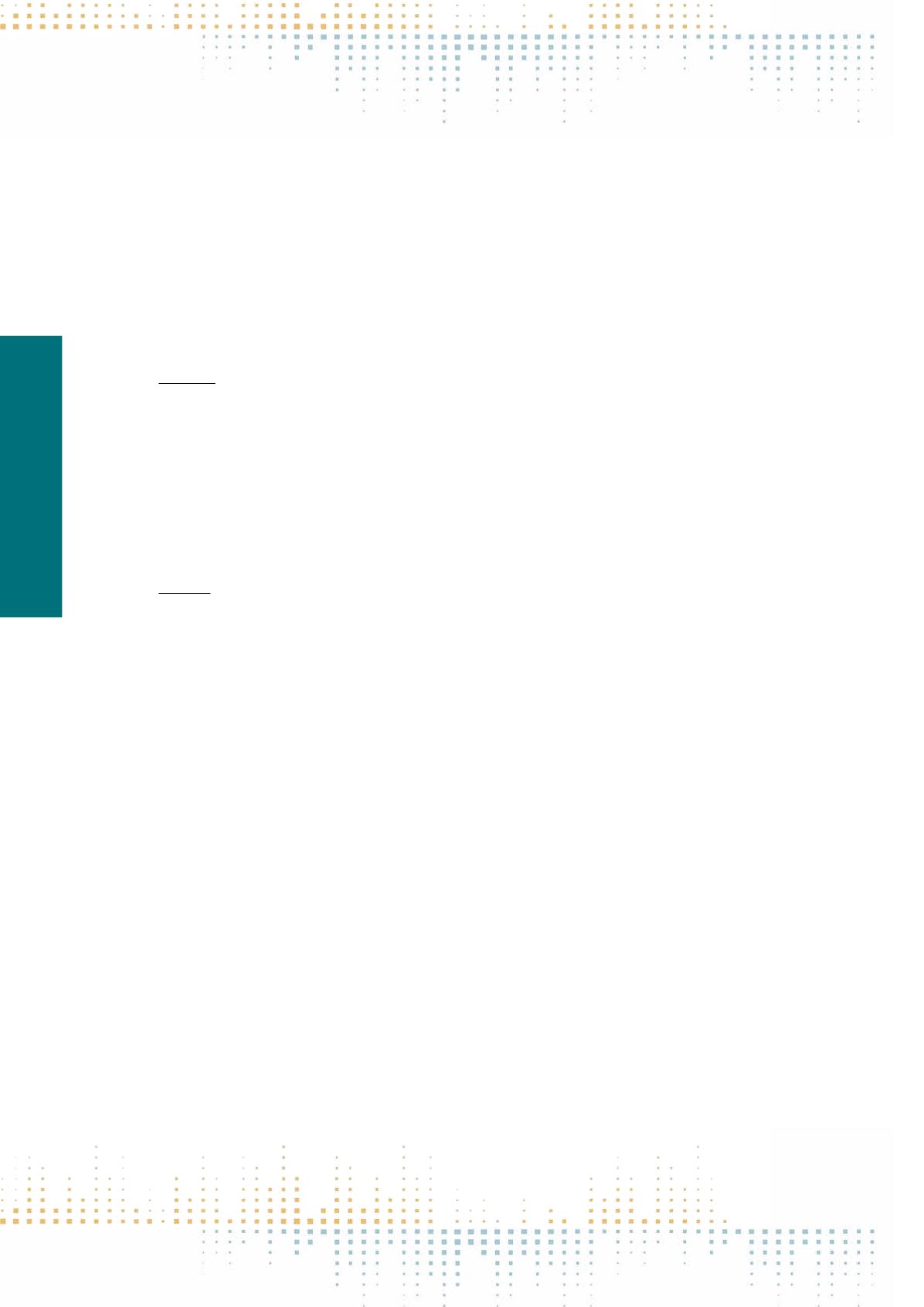

644
Saturday, November 12
1 6 : 0 0 – 1 7 : 3 0
in working practises, individual vs. team-run accounts, global social media strategy (notably Facebook), public vs. private spheres, limits and resistance.
The main results demonstrate mixed attitudes on the part of the politicians interviewed. Common points between the two national samples include use
of social media for monitoring current events, the idea that the channel is a good way to enter into contact with voters and with other politicians, but also
frequent mentions of verbal violence. German politicians also complained about a rising pressure to communicate in an“always-on”environment and lack
of time. Some also pointed out the ignorance of party colleagues on the issue of digital media in general. While all five German politicians reflected on their
reputation of being a“digital MP”and used it for their self-marketing as well as for their within-party standing, this point did not come through as strongly
in the French sample. The five French politicians tended to underline the opportunity offered them by Twitter to communicate from behind closed doors,
and mentioned the direct messaging function as a privileged channel for communicating unofficially with other politicians and journalists. The paper thus
not only discusses the use of social media tools for“direct representation”, but how the politicians interviewed conceive various functions of social media in
relation with their everyday professional activity as a whole, outside the electoral process. It discusses common points and differences between the French
and German examples, in a bid to understand the way social media has been integrated into the political sphere in both countries.
PN 336
Comparing (Inbetween) Campaigns –Swedish Political Parties on Facebook 2010–2014
A.O. Larsson
1
1
Westerdals Oslo School of Arts- Communication and Technology, Oslo, Norway
So-called social media in particular are often discussed in terms of potentially invigorating modern democracies through novel means of outreach for
political parties. Adopting conceptual notions of permanent campaigning, suggesting intensive efforts by such actors also outside of election seasons,
the current paper presents an overarching study of Facebook use by Swedish political parties during and inbetween two elections – 2010 and 2014. Our
specific interests are geared towards distinguishing between the activities undertaken by established and less established parties, where the latter group
have often been pointed to as having especially valid reasons to partake online in this regard. The study also takes the types of feedback received into ac‑
count, differentiating between so-called likes, shares and comments.The main findings indicate that while less established actors show tendencies towards
a more permanent employment of Facebook, their established competitors are generally more successful in gaining leverage on the platform.
PN 337
Political Parties Social Media Practices Between Elections in Sweden Today
J. Svensson
1
, U. Russmann
2
1
Uppsala University, Uppsala, Sweden
2
FHWien University of Applied Sciences of WKW, Wien, Austria
In this article we will attend to two neglected areas within the field of politicians online. First the study attends to a non-election period, and second
the study will allow for a cross platform comparison. Most studies in the field are centred on election periods (as this special issue/panel highlights). A re‑
view of the field also reveals that most studies only attend to one platform at a time. In this article we will focus on two Swedish parties (Social Democrats
and Feminist Initiative) use of Facebook, Instagram, Twitter and YouTube during one random week in January 2016. Given that studies have pointed to that
incumbent parties and so-called underdogs use social media differently (have different rationales for using social media) we have chosen the governing
social democratic party and the underdog Feminist Initiative aiming to get into the Parliament. Our study is set in Sweden, a country with a top ranking
when it comes to social media use. And the study focuses on political parties social media accounts (instead of individual politicians) because Sweden
is a party-based democracy (compared to the more candidate centred system of the US and the UK most often attended to in political communication).
The questions this study seeks to answer is 1) to what extent parties use social media platforms in-between elections 2) for what purposes 3) and whether
they use social media to interact with citizens. The study will also allow us to compare whether there are any differences between the two parties and
between the platforms used. The method for studying this will be a content analysis of the parties posting in these platforms during the selected week. To
answer the first question we will simply count the postings and compare this with studies from the 2014 elections. For the second question we will code
postings based on variables developed from previous studies of politicians online. Variables used will be whether the platforms are used for a) broadcasting
information, mobilizing supporters or for image-management (in terms of perspective, personalization, the use of celebrities and whether the context is
rather professional or private. To answer the third question we will study the amount of comments the postings have got, if it consists of only emoticons or
are with or without intrinsic value (i.e. give relevant and substantive information). We will also code for reciprocity, i.e. if the party (and users) comments
relate to each other.



















